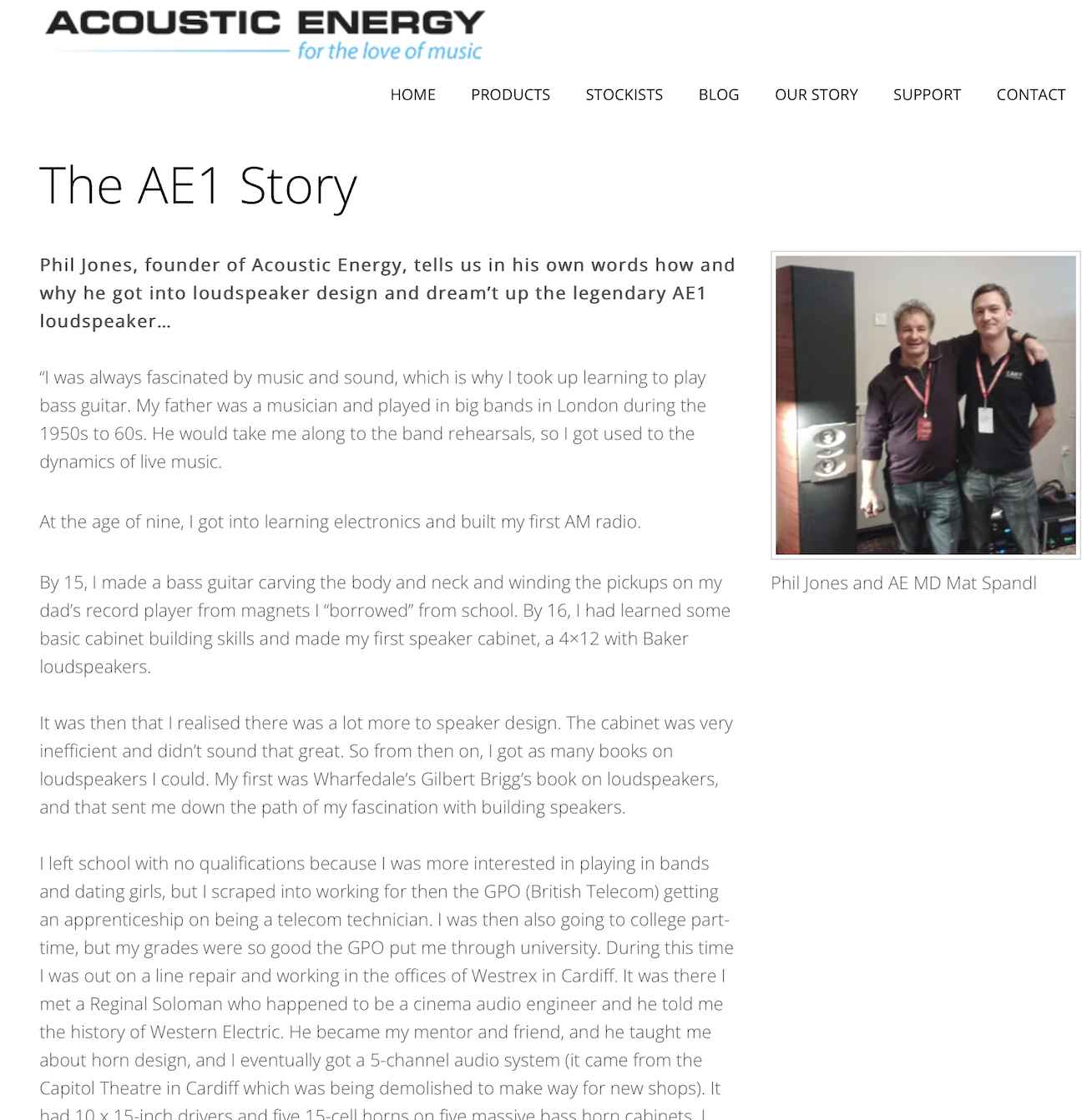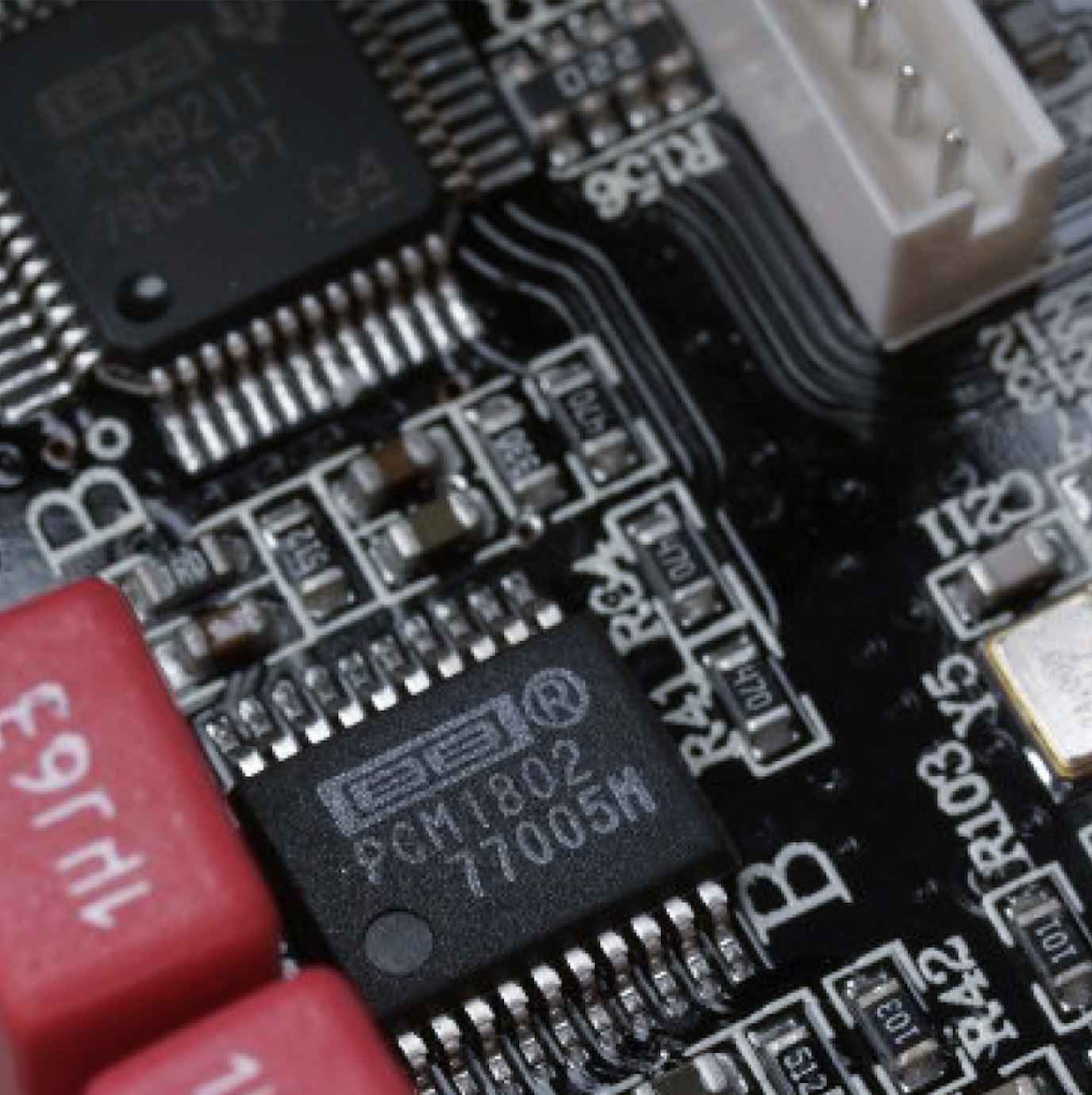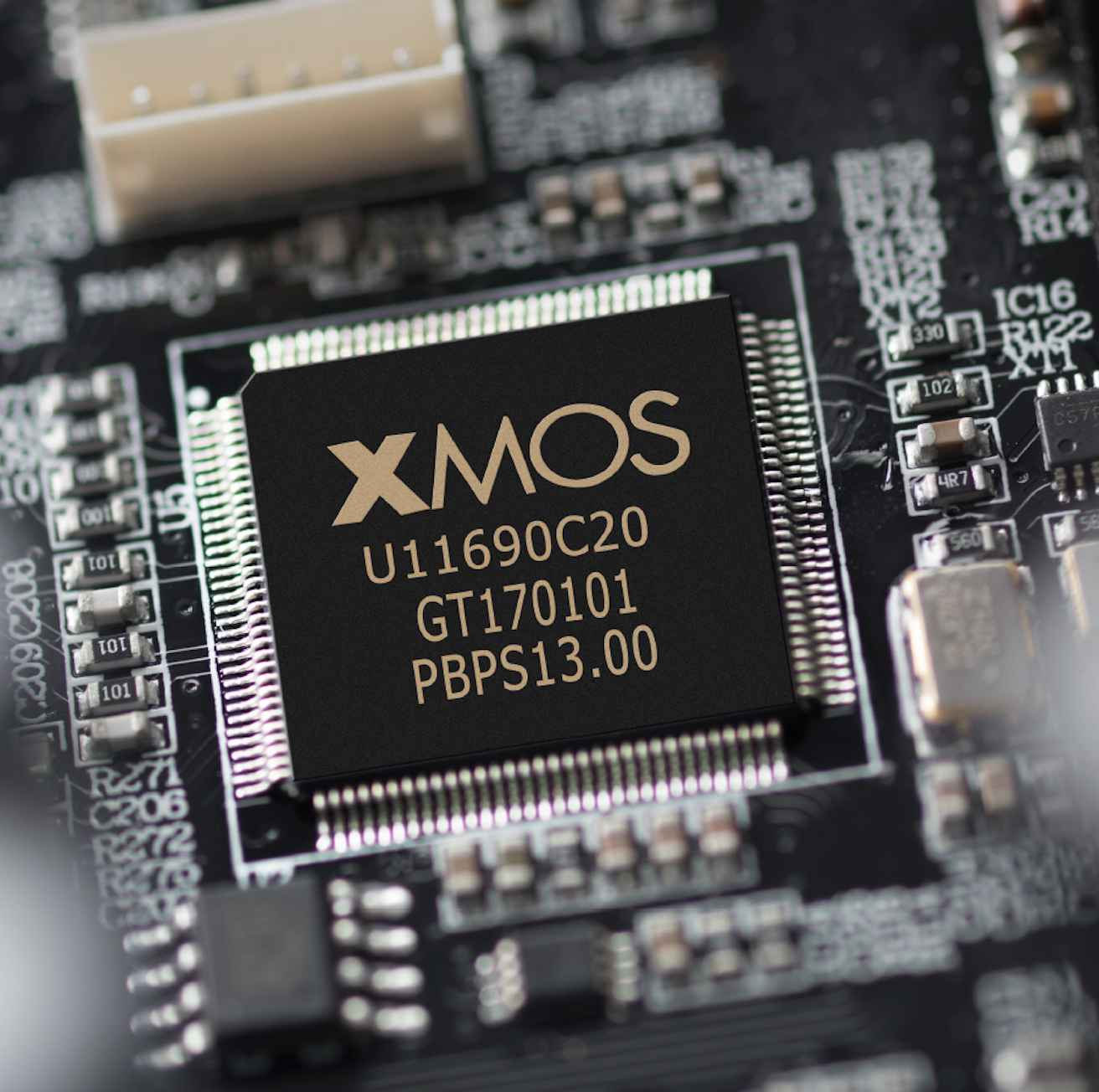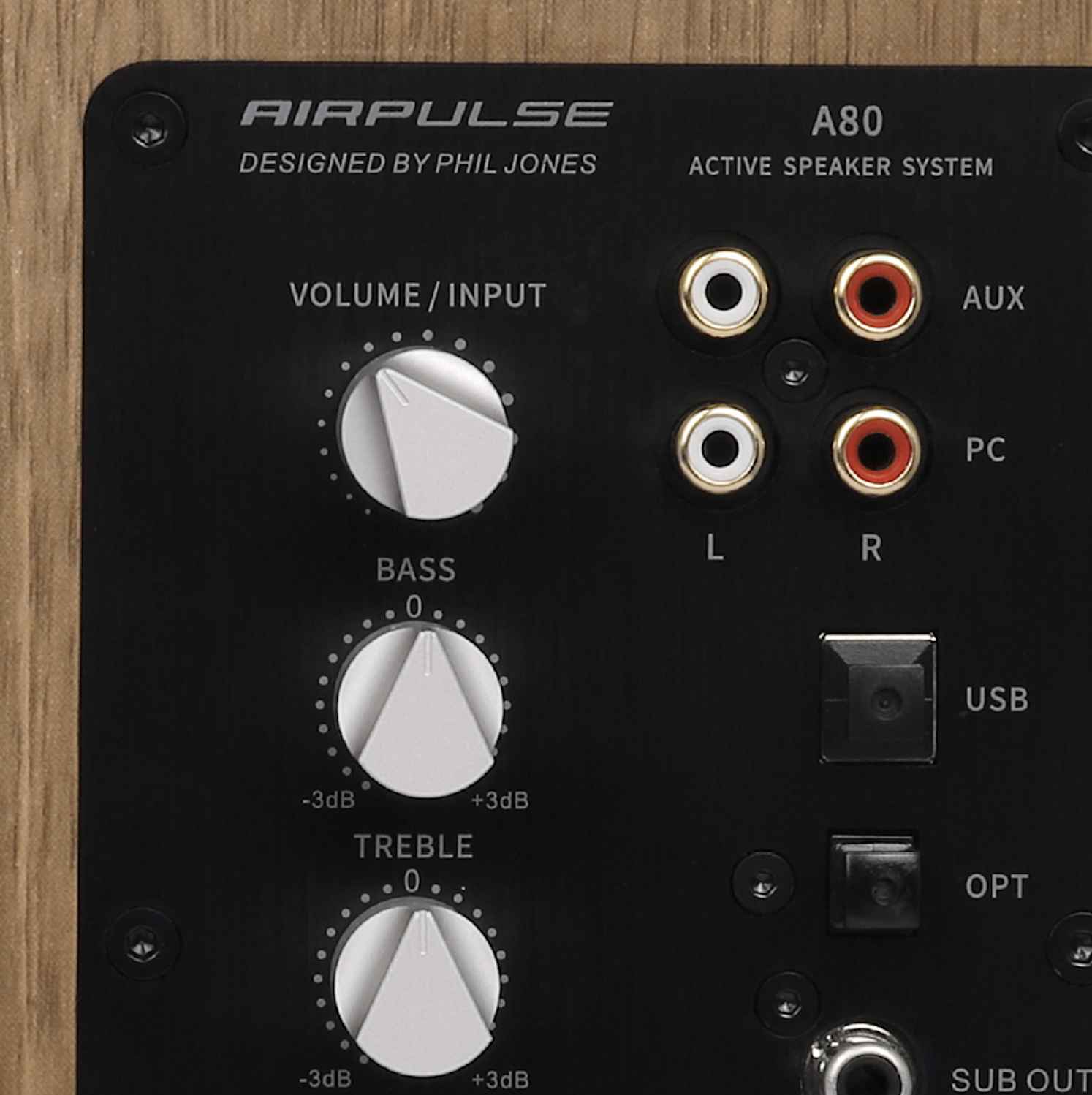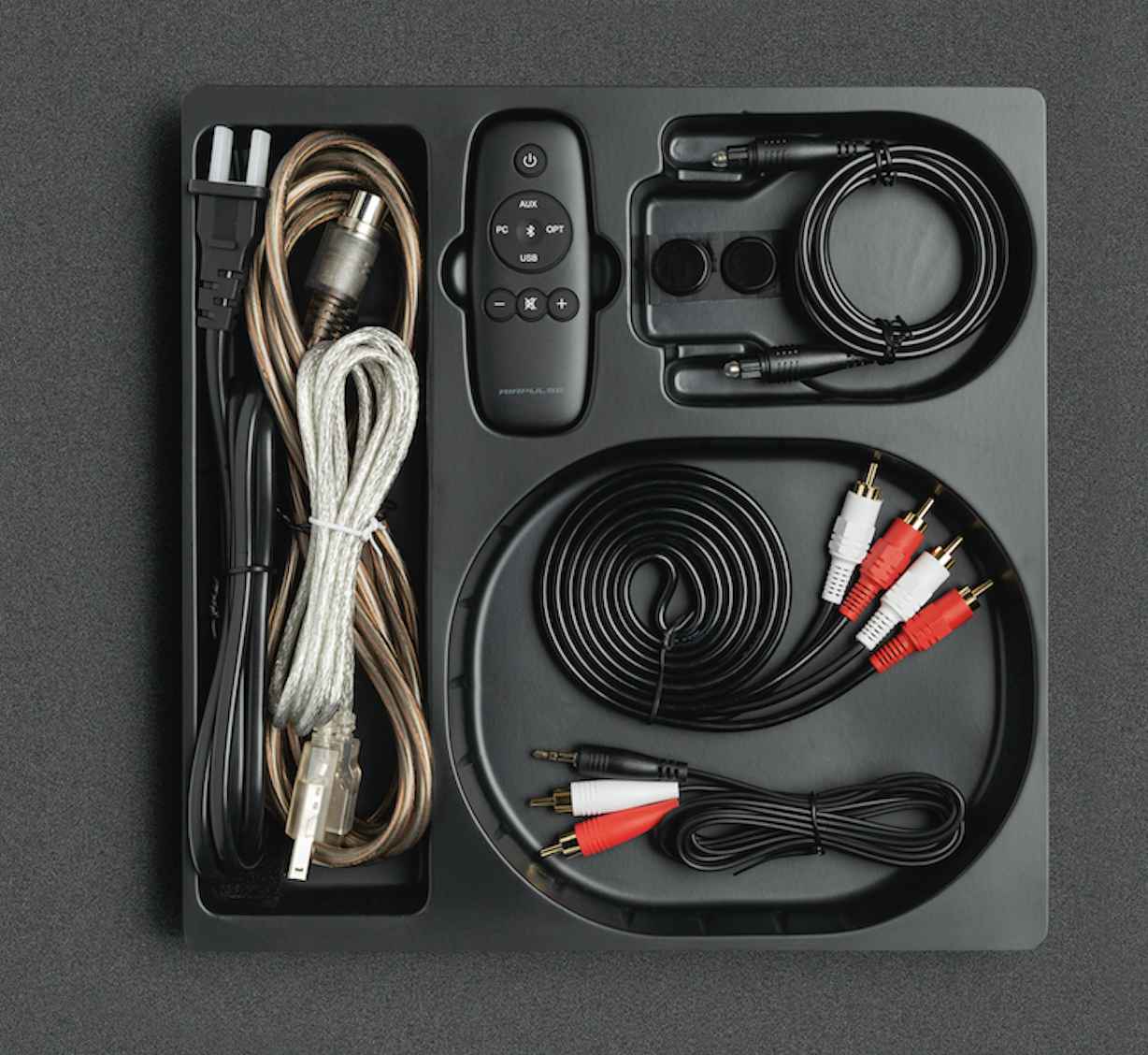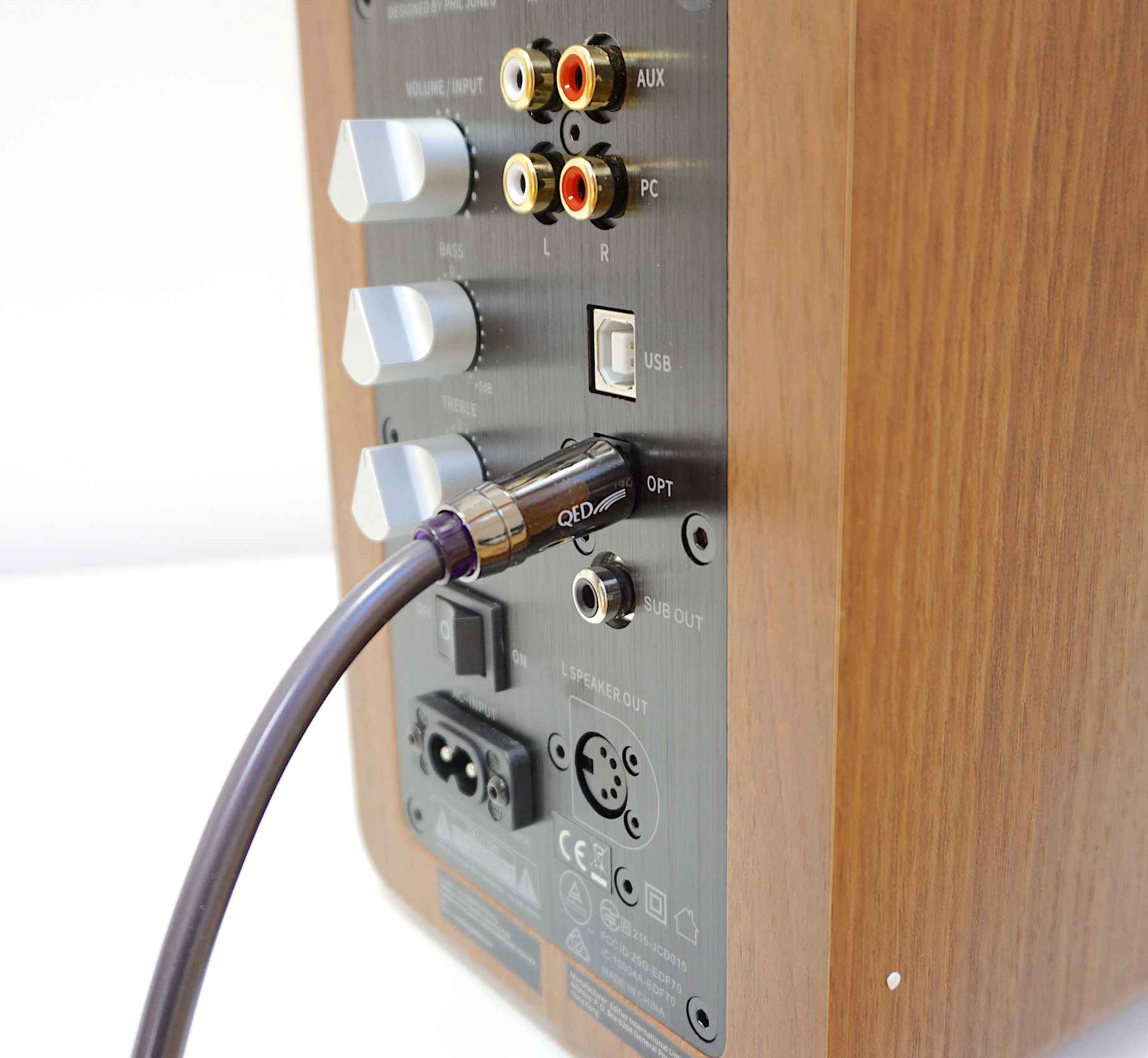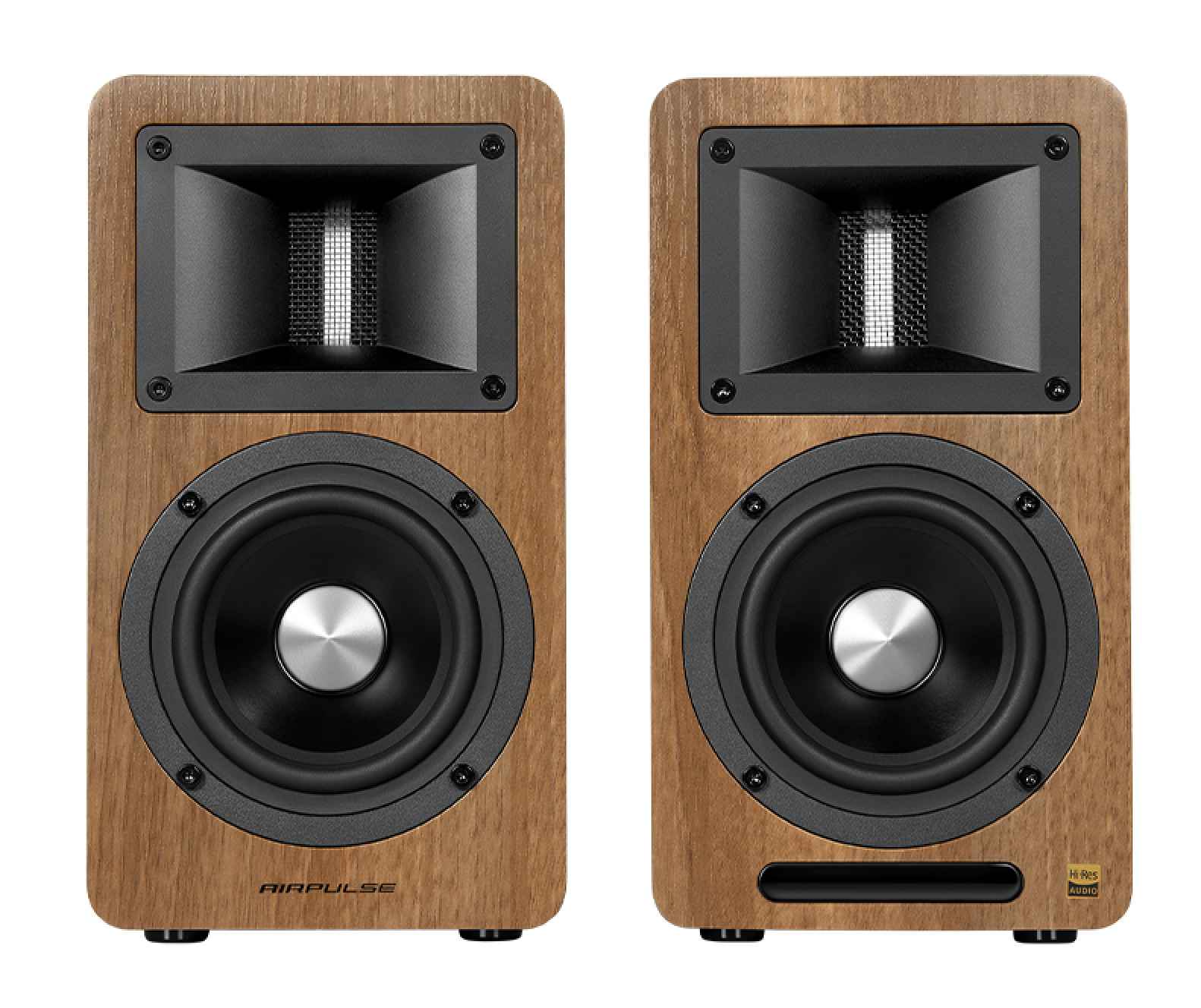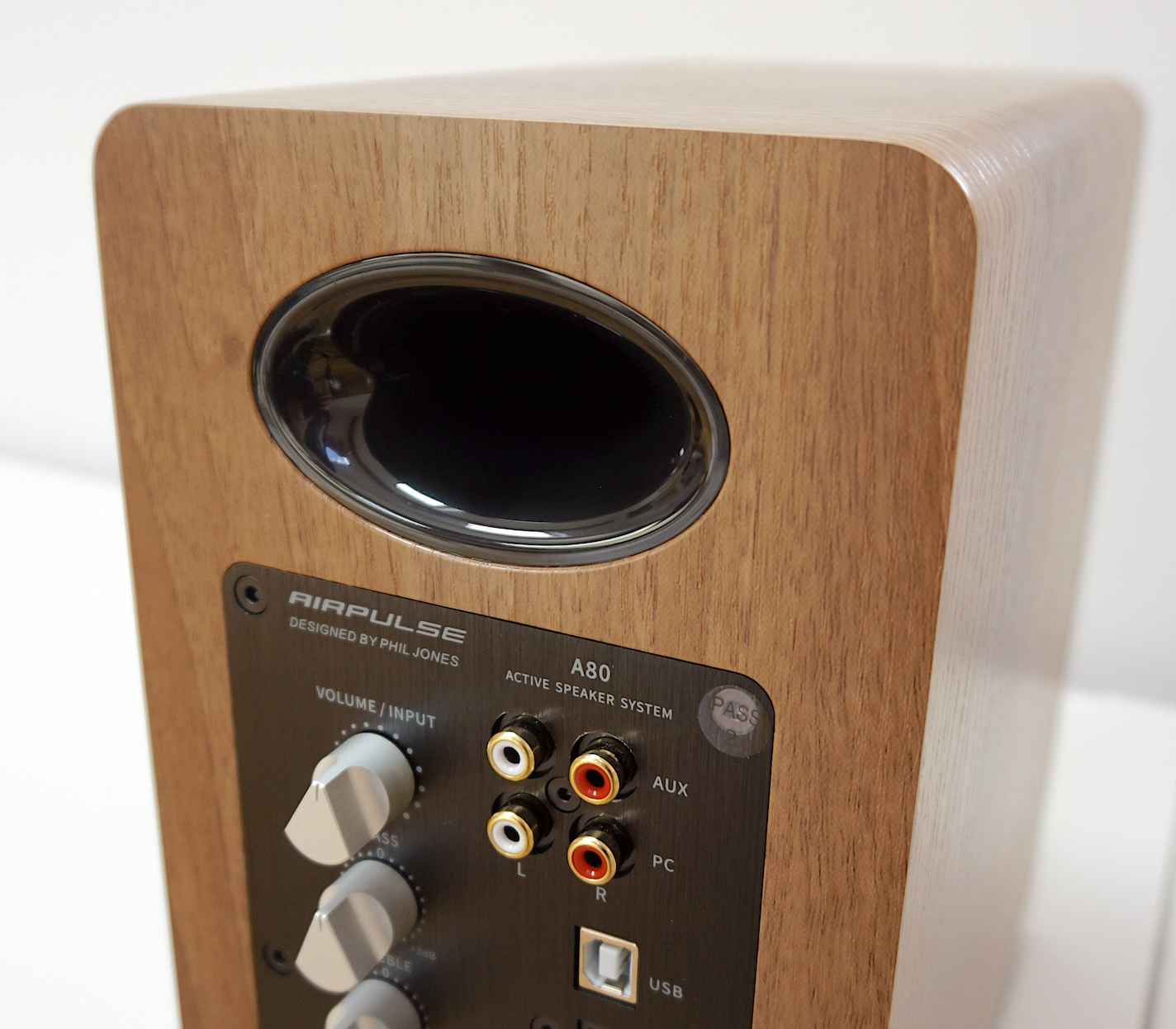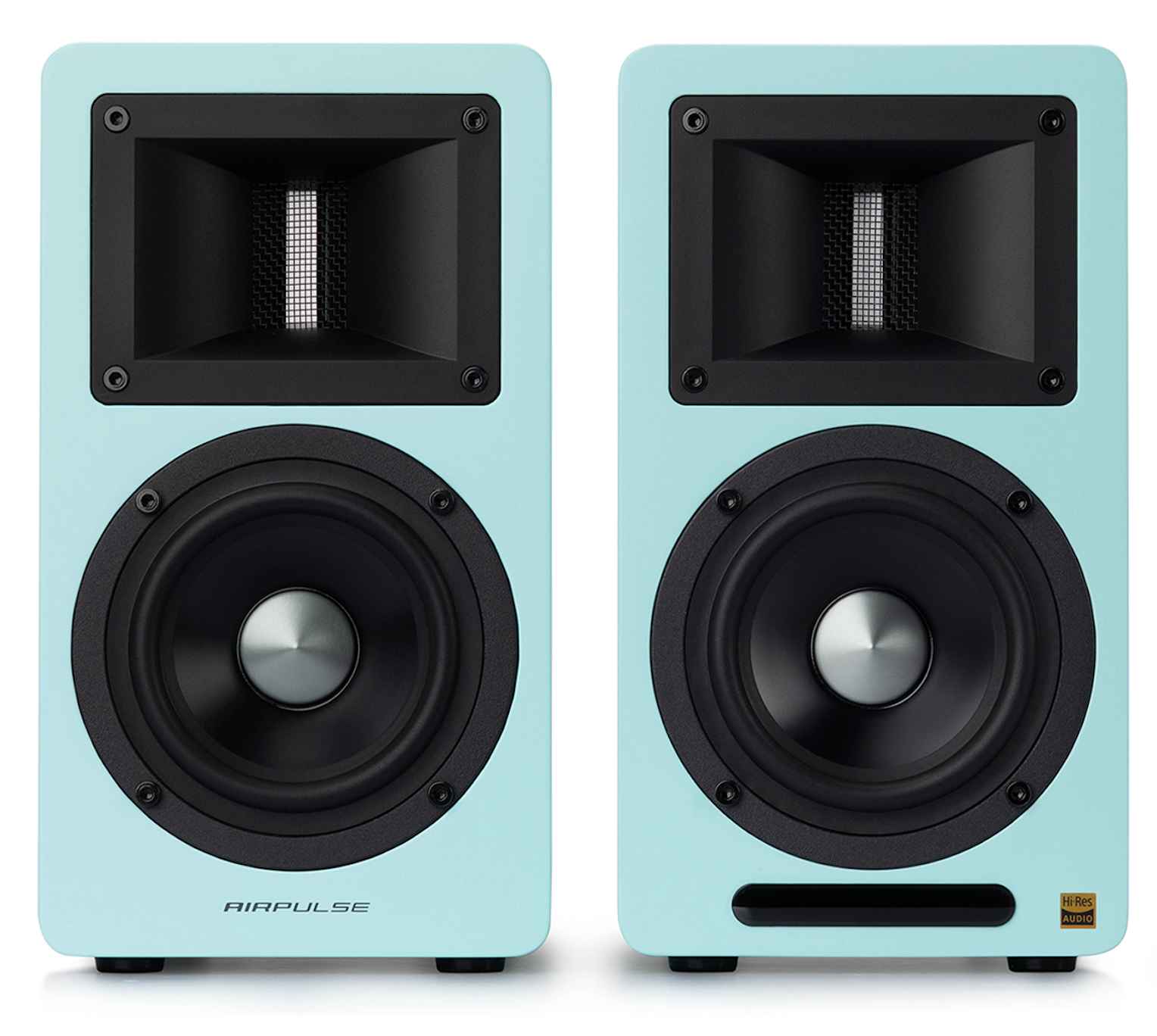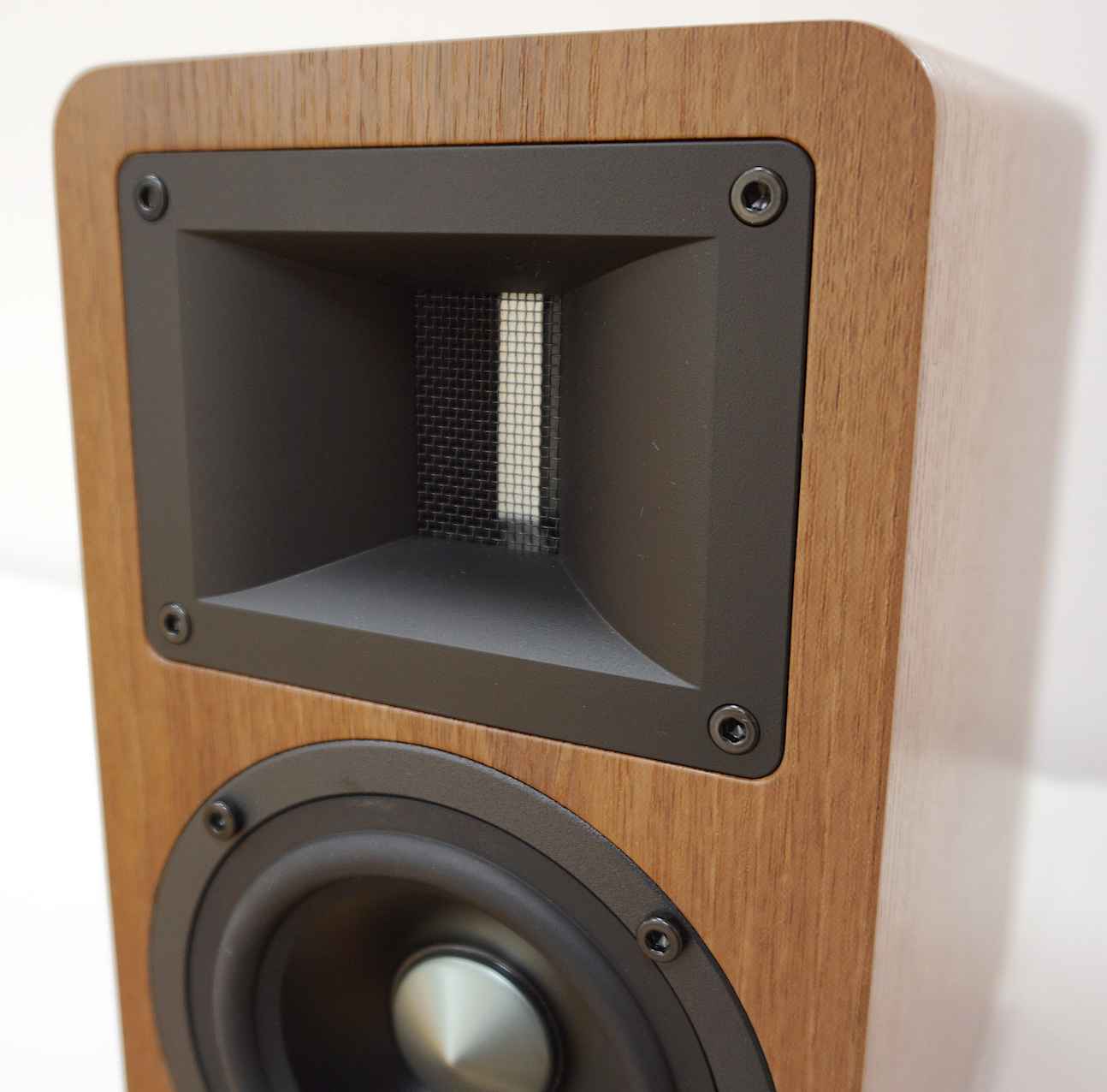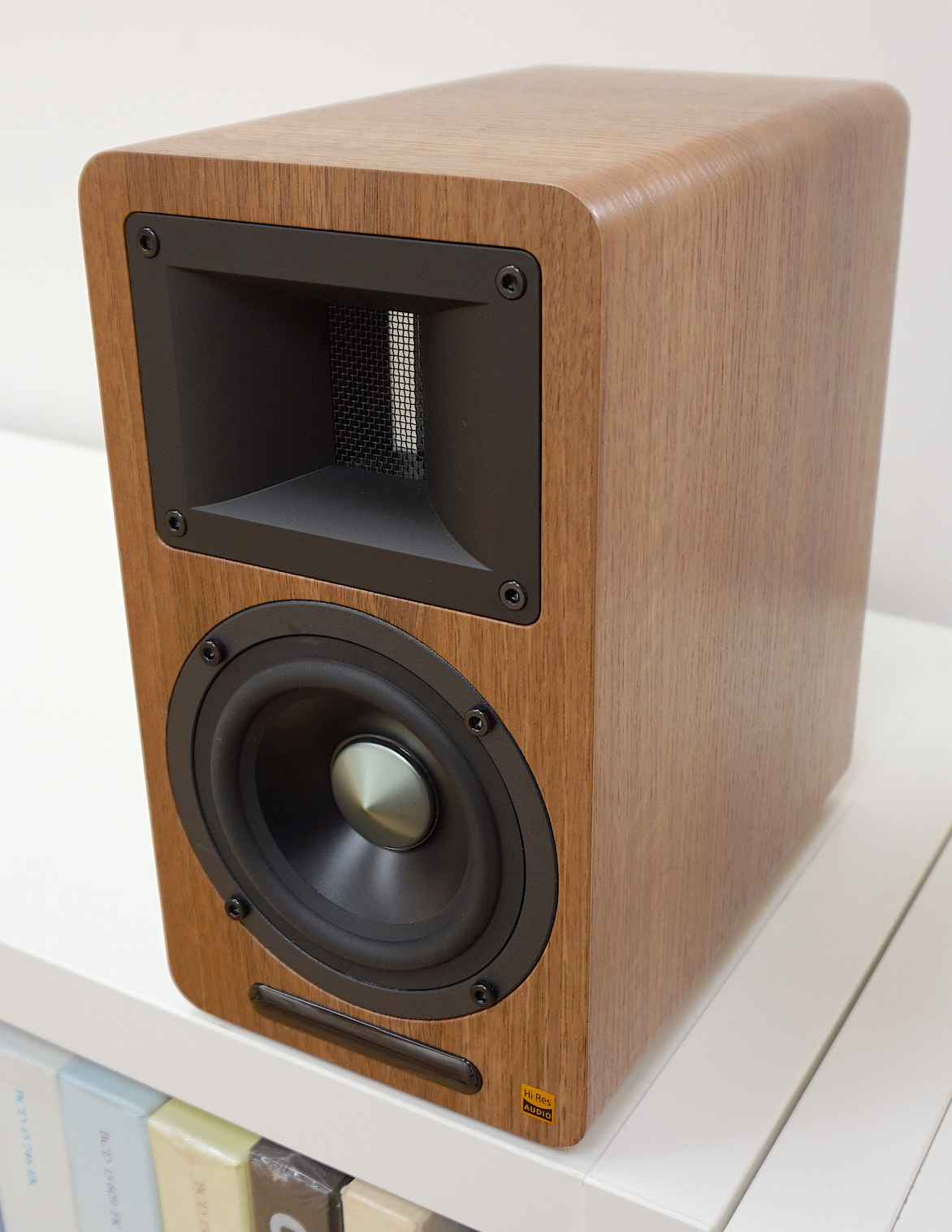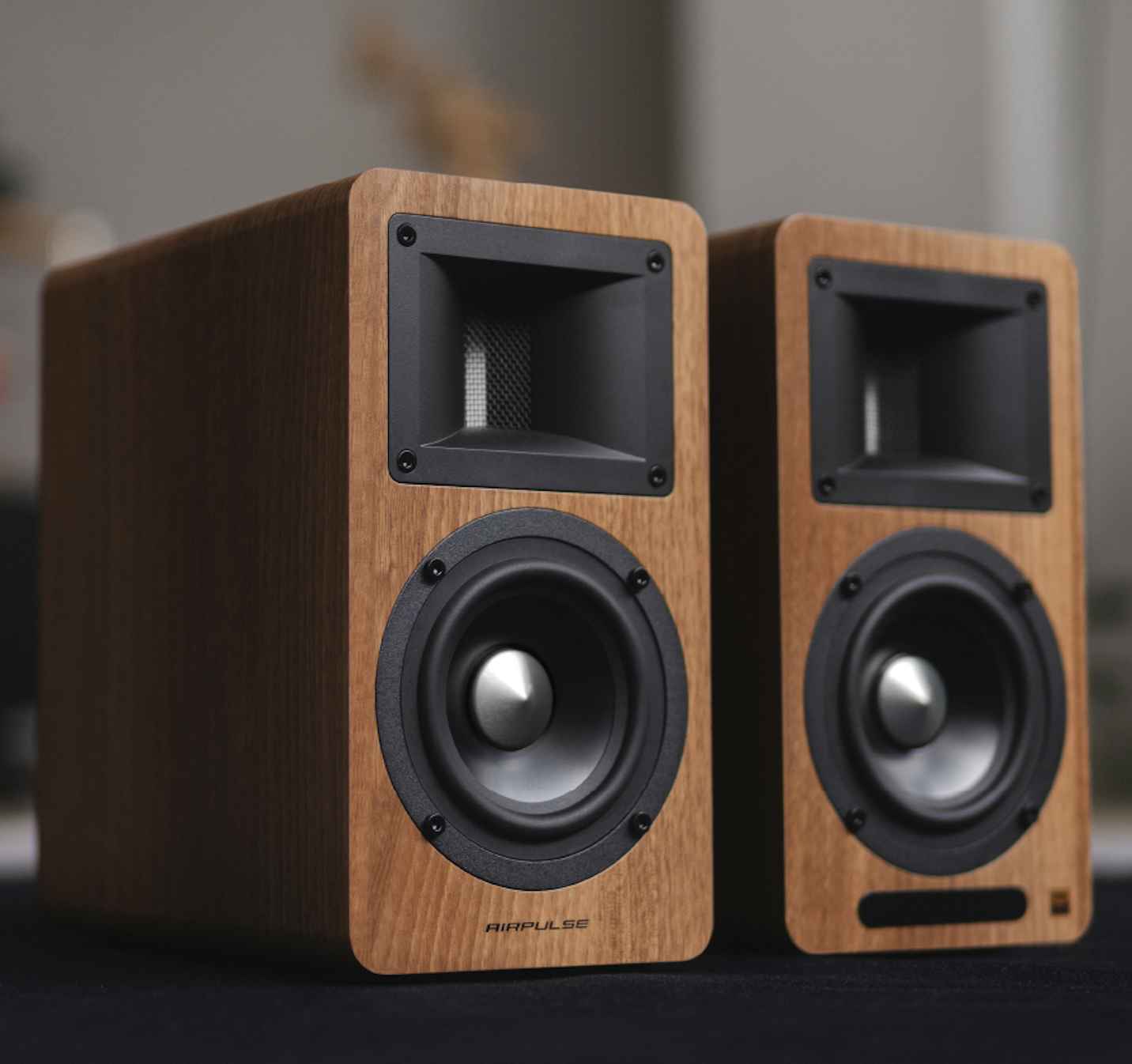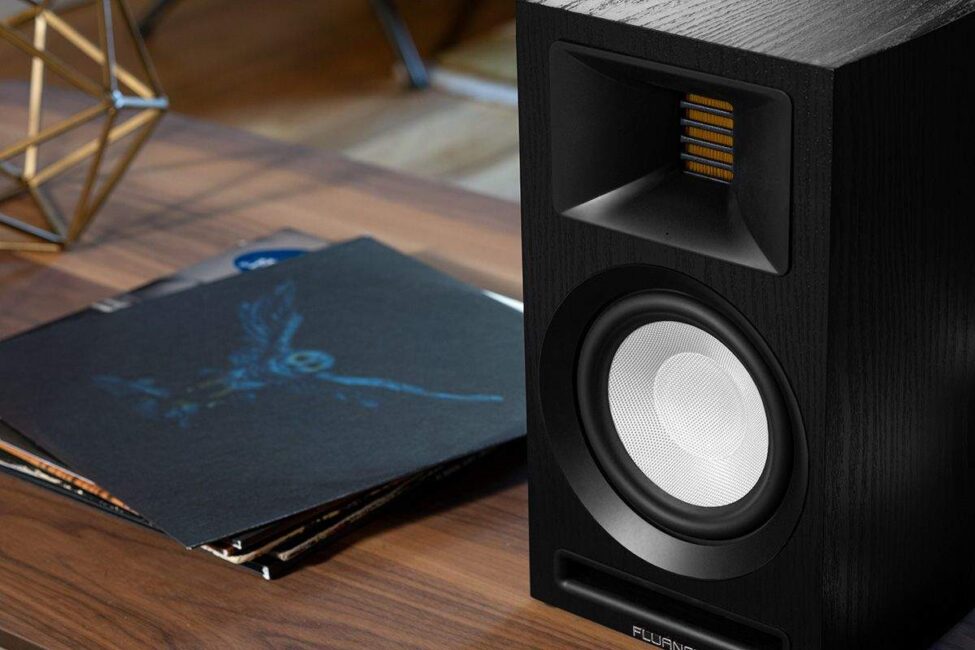The Article
A80 Powered Speakers From Airpulse
17th June 2022
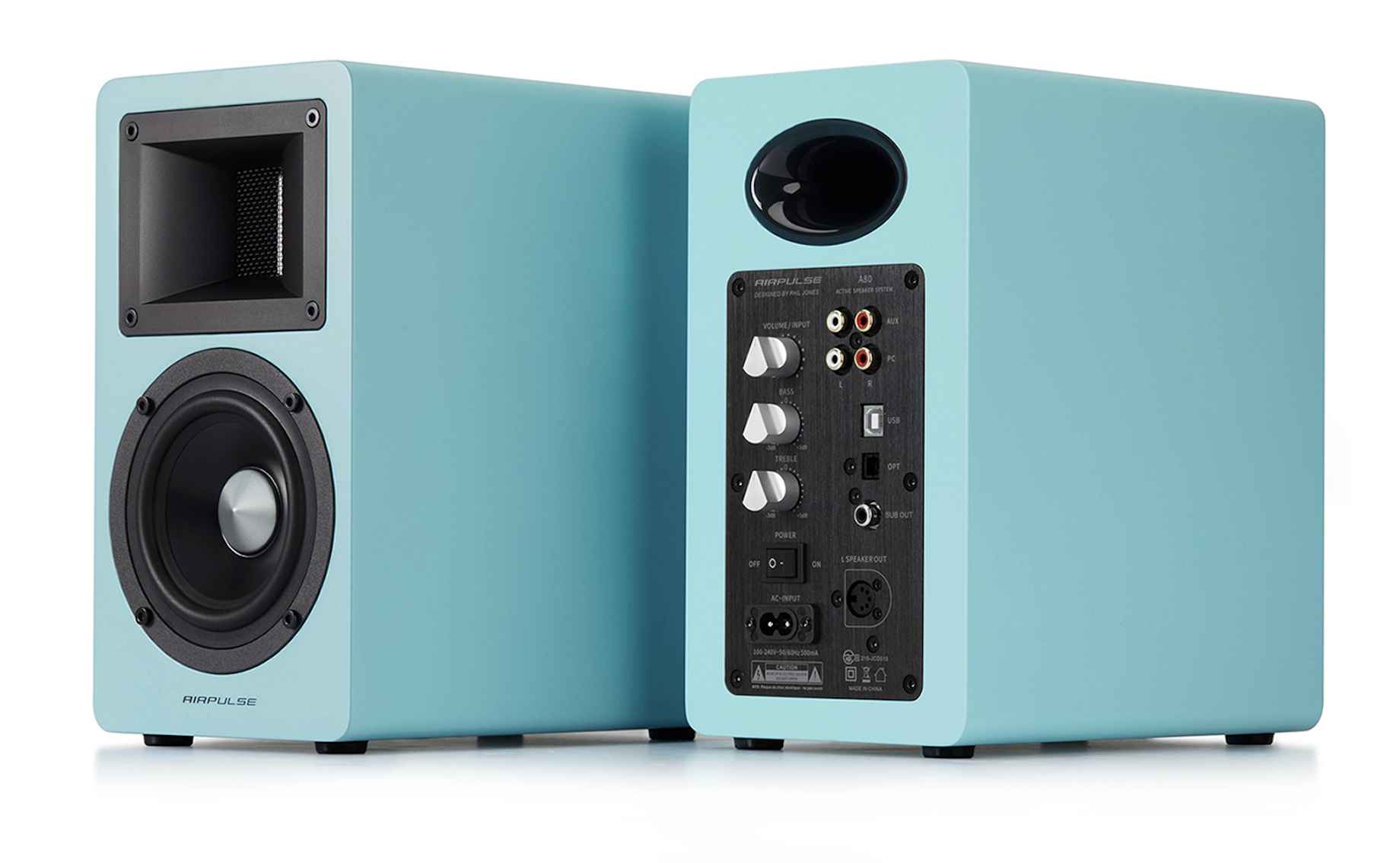
Matching ribbon tweeters with a powered speaker format is unusual. Paul Rigby reviews these stand mounted designs
I recently reviewed a pair of powered speakers from the French outfit, Triangle. Priced at £439 or £479 (dependent on the finish), they stand as a valid option if you’re looking to upgrade your Kanto or Edifier powered designs.
But Triangle isn’t the only game in town. Airpulse competes directly with Triangle for that upgrade choice. Sure, the A80 design is a tad more expensive than the Triangle Elaras but the A80 designs do provide a luxurious, horn-loaded ribbon tweeter as standard. That addition. That ribbon tweeter installation. That’s a real a surprise and a half. I never expected to see such a refined component in a powered speaker. Powered speakers are often built to a price because they attempt to squeeze a lot into a small space for a low price. The addition of the ribbon tweeter puts you on alert the the A80 wants to be a class above all of that.
To put Airpulse itself into context, the brand does have a distinguished heritage. The umbrella company Platinum Audio Systems was formed by London-born Phil Jones back in 2004. Jones of course was a founder of the original Acoustic Energy back in 1987.
And I mentioned upgrading from Kantos and Edifier power designs? Well, Airpulse does have a financial connection with Edifier, which has invested in the company behind Airpulse. So the company knows its powered speakers and the powered speakers market.
The A80s are nicely compact, spanning 140 x 250 x 220mm which means they will fit just about anywhere in a small bedroom, bedsit, office, kitchen or garage.
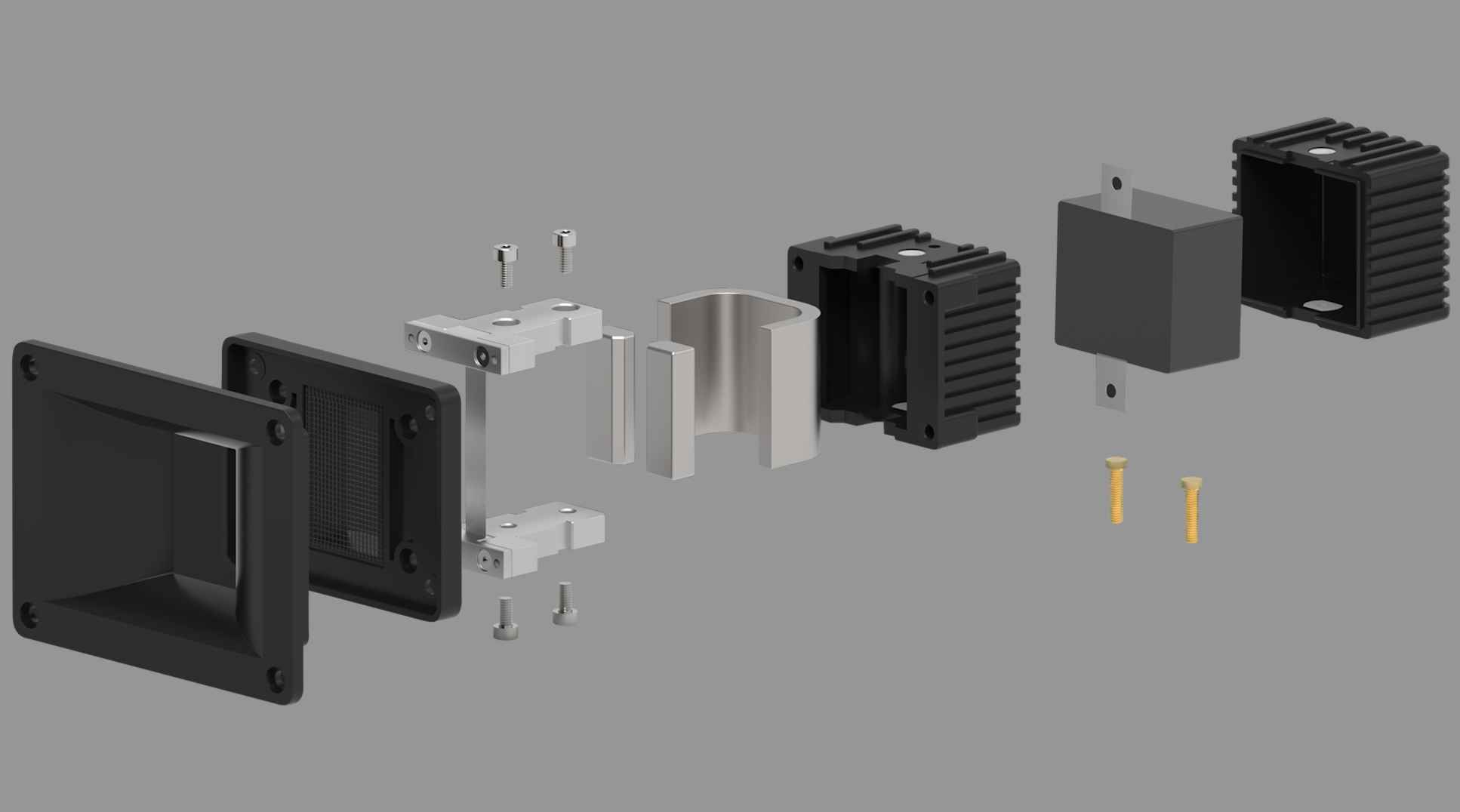
The tweeters have already been discussed but looking at the rest of the build and connectivity the 115mm (5in) mid/bass unit offers a hard anodised aluminium alloy cone suspended in a heavy, ultra-rigid cast magnesium alloy frame.
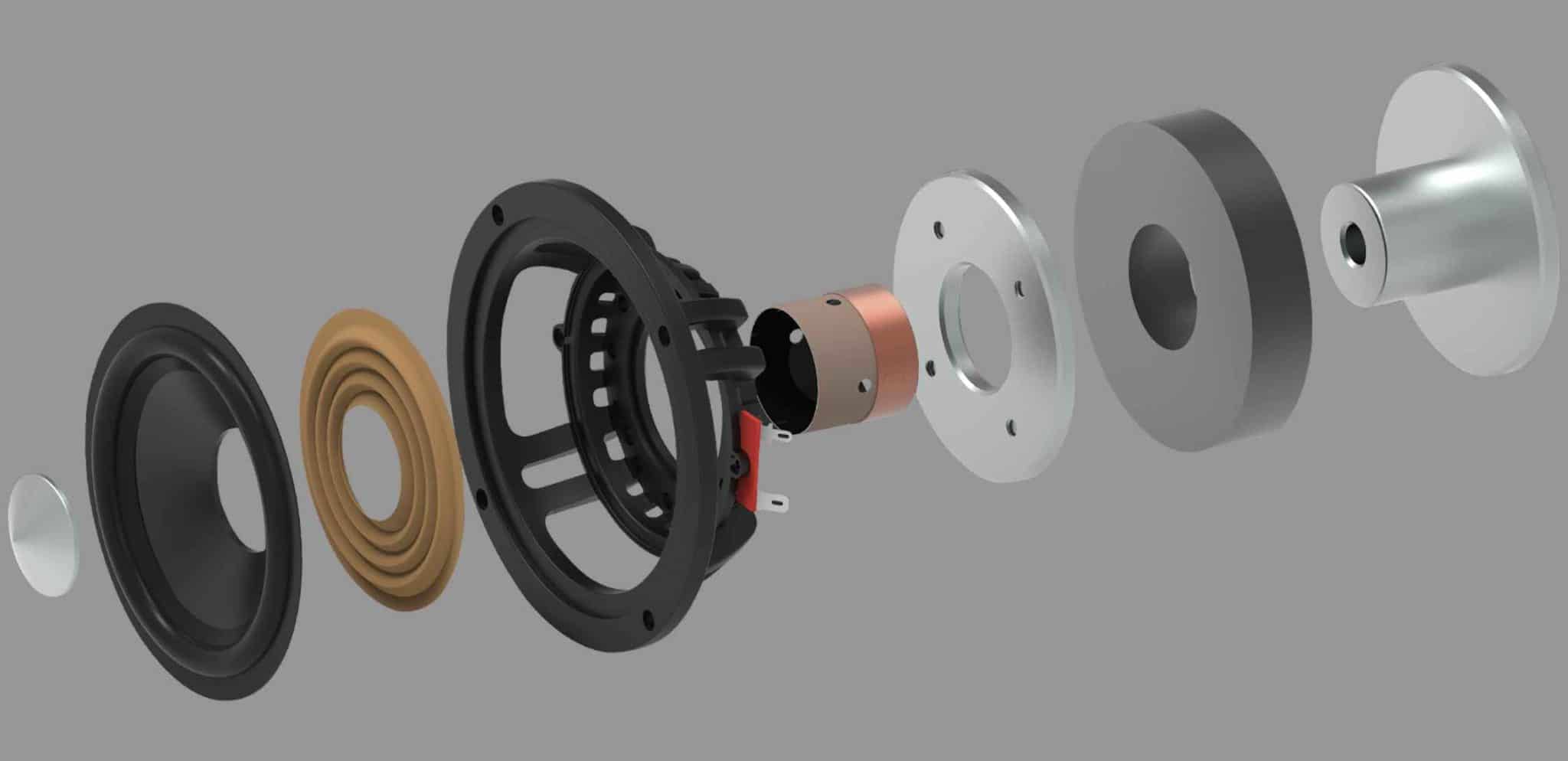
Inside, beside the Class D amplifier, is pyramid soundproofing foam, to reduce resonance while, at the rear is an unusual, oval vent tube. Internal connections use branded Transparent cabling from the USA. The cabinet itself is made from 18mm MDF, finished in Walnut that looks very presentable indeed.
On the rear is a gamut of connections: two sets of RCA inputs labelled auxiliary and PC, a USB port, optical and coax. Bluetooth 5.0 is available for streaming and arrives with apt X. A sub out port is available for those who crave more bass.
Also on the rear is a rocker power switch plus bass and treble tone controls plus a volume knob.
The A80 is controlled by a pebble-shaped remote control. Look after this remote because there’s no other way to select your source. The remote itself is a low-cost unit made from plastic. I expected a better quality unit for the price of this package but aesthetically, the remote itself still manages to keep a sense of style about it.
REMOTE CONTROL INSTALLATION
You know, this first point might seem trivial – silly even – yet it’s a critical part of the design, especially when you’re looking at a lifestyle product such as these powered speakers.
If you’re targeting a product at a general audience, the last you want to do is to annoy them because of pernickety design issues. I certainly had that when I wanted to put the battery in the remote control. The battery being one of those button-type affairs.
Airpulse already had a battery in the remote but it had died. That wasn’t the problem. It happens. The company had kindly supplied a spare. As it was, I’m glad the battery had died because I may have missed this issue, otherwise.
The issue? The battery door is unnecessarily ‘keyed’. When I say ‘keyed’ I mean that the door will only slot into the rear of the remote in one particular way. Looking at the rear of the remote, there are two location slots in the battery compartment, one at the 12 o’clock position and the other at the 6 o’clock position. Both are a tiny bit different in size so its easy to get the door location wrong. Once located, you push the door into its specific slots then you twist the door to lock it with a spare coin. Well, that’s the hope.
Cue the second issue. There is a small hump on the inside of the battery door whose task is to push the battery into the remote itself. Problem is, this hump rocks the door itself and prevents the door from sitting flush which means that when you get the 12 o’clock lug in place, the 6 o’clock positional lug has lifted upwards. Thus, the door has an irritating see-saw effect.
Why key a battery door? What’s the point? You’re twisting the door to lock it so that will secure it. Isn’t that enough? Even when correctly positioned, I found that I had to apply even pressure on this battery door to allow it to swivel clockwise to lock in the first place. I’ve been in the HiFi business for many years now but even I wrestled with this blasted battery door for an 15 irritating minutes.
So instead of getting on with the review, I had to walk away for a quick coffee while I grumbled to myself for half an hour, Enough of irritations, though. How do these speakers actually sound?
SOUND QUALITY
I began by plugging in my modded Astel&Kern AK120 digital audio player into the rear of the A80s, via the optical port. I must report that the security of this connection wasn’t the best. The plug did not click firmly home. It sort of sat in the socket limply. Without conviction.
When nudged, the plug itself wobbled, especially when compared to the competing powered speakers I was using during the test. On more than one occasion, I lost a signal because the optical plug moved in its socket slightly. I had to be careful otherwise the plug rocked to and fro like a child in a swing. I though that the socket was broken but, on closer inspection with a magnifying glass, found that it was fine.
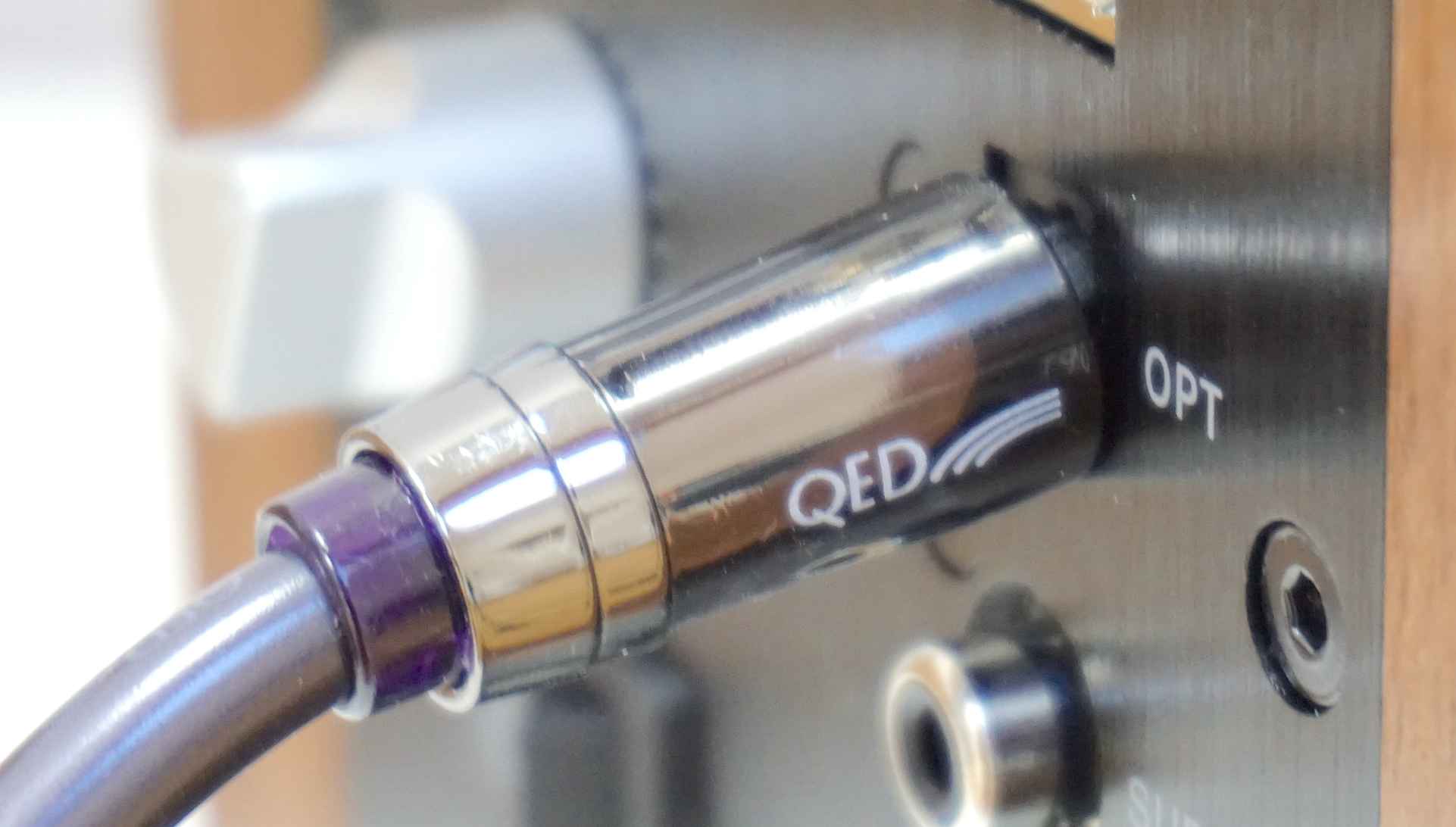
The problem is this. The socket is made for the bundled, cheap and nasty optical cable that comes in the box. If you have aspirations of upgrading your optical cable to something like a not-exactly-fancy QED model (it’s an upgrade but I wouldn’t call it exorbitant or overly high end in price terms) then the socket can’t handle the third-part termination.
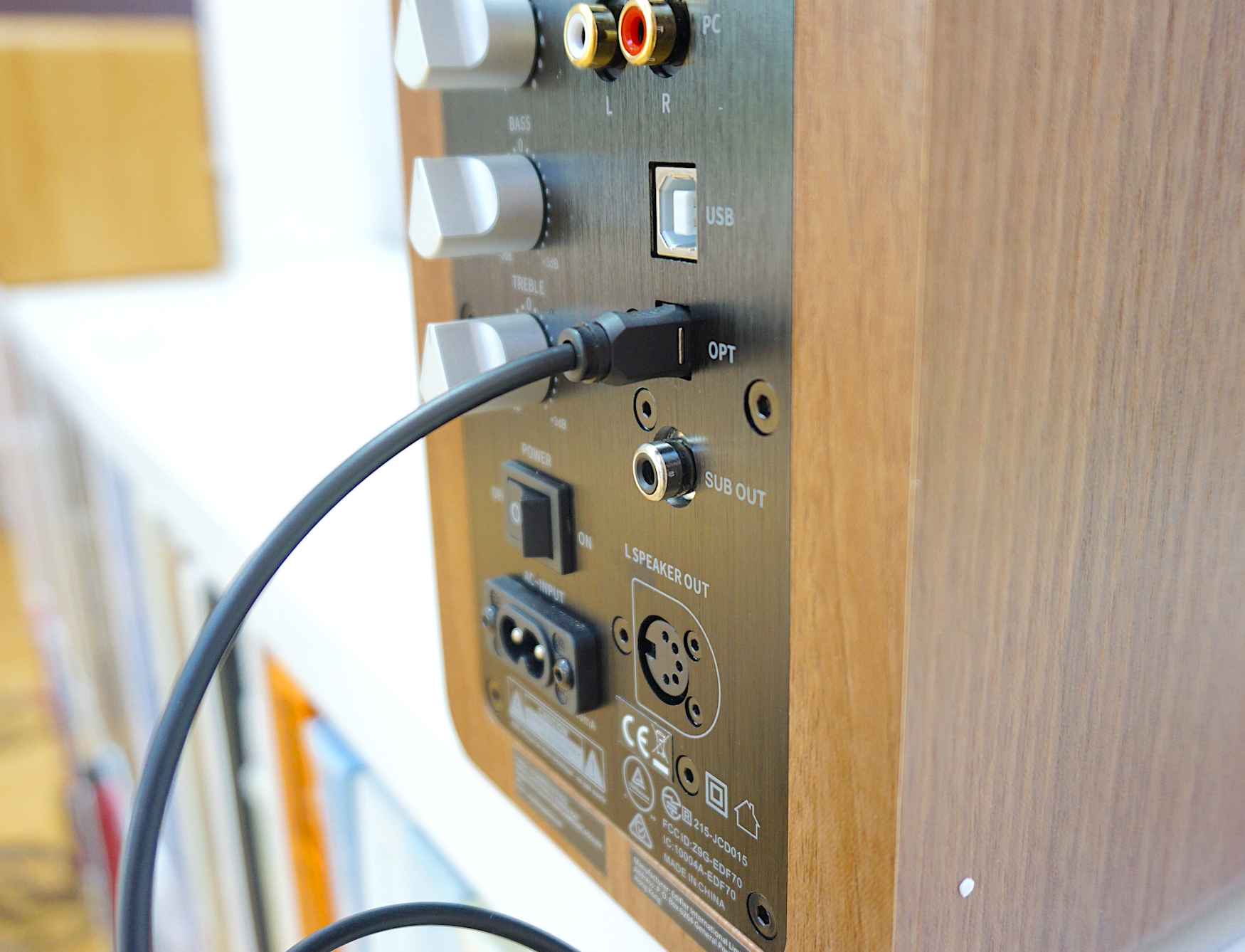
The socket on the Triangle was fine. Even the socket on the cheaper Kanto powered speakers was fine. Not the A80, though.
OPTICAL PLAY
Once the optical cable was finally ‘in’ though, I played Bob Marley’s Get Up, Stand Up at 24bit/96kHz mixing a typical reggae beat, percussion and secondary percussion lead and rhythm guitar, organ and more. A busy soundstage, in other words.
Starting from the bottom of the frequency spectrum, compared to the Kanto YU4 speakers, the A80 designs offered a mature and complex suite of bass frequencies. Bass sounded relatively organic. There was a real confidence in this area which had bass rolling around the bass guitar in a warming, melodic fashion.
Moving further up the spectrum, the vocals around the midrange provided an extra sense of emotion that made their performance quite engaging. They made you want to listen, in effect.
I was a little disappointed that the slight midrange edge I heard on the YU4s remained on the A80s, considering the higher price tag from the A80s. Also, I was expecting more from the A80’s upper midrange in terms of detail and insight. Especially as I had a pair of ribbon tweeters sitting in front of me but the ribbons never really got going. If you had told me that I was, in fact, listening to a pair of soft-domed tweeters – of the sort fitted to the Kanto YU4 speakers – then I wouldn’t have argued.
Both upper midrange and treble performance on the A80s was fine but they never wowed. There was no finesse or elegance here.
The improvements from the A80s were there sure and I appreciated those but I wanted more. Especially for the featured technologies and the basic price of these speakers.
Moving on, I did note that the lower cost Triangle Elara speakers offered none of that accentuated midrange edge. The Elaras also produced superior instrumental separation.
The Airpulse A80s seemed to struggle to control the soundstage, in comparison. Despite the sonic highlights around the bass and midrange, the A80s did toil a little to maintain frequency discipline. Properly controlling the mids and treble was a trial for the A80s while, to repeat, any benefits of having a ribbon tweeter in the cabinets were lost to my ears.
But look. Maybe the problem was the optical source. And the wobbly cable. Maybe other sources would be a better bet and would improve in performance terms. Which is why I changed to Bluetooth.
BLUETOOTH PLAY
I played Nina Simone and Love Me or Leave Me as a lossy file from my phone to see how the speakers coped with an inferior source signal. A challenge, in other words. The mids and treble had that typical Bluetooth harshness in presentational terms. That is, midrange sounded rather thin and weedy while treble lacked depth or any real sense of fragility. I must add that the Triangle Elara speakers didn’t suffer in the same way. The Triangles offered fragility in the treble and provided more clarity and transparency in the mids.
Saying that, the A80 speakers did give the piano focus and precision that added to the pace of the music. There was a sense of drive here that added a real finger-clicking rhythm to the song but information was also lacking.
I wanted the upper mids to be extended, I wanted to be aware of the subtleties of this piece, the vocal nuances and the extended reverb tails from the percussive cymbals but I didn’t hear any of that from the A80s.
Even so, the A80s did provide a wide soundstage. The A80s were never crowded and they never struggled to get the music to the ear. There was always a grand and rather striking sense of presentation here. I just wish the quality of the music itself was of a similar standard.
VINYL PLAY
I then grabbed a Leema Elements phono amplifier and plugged that into the RCA inputs to play vinyl via my Pro-Ject Primary E turntable and Jethro Tull’s Living in the Past album.
And would you believe it but the performance from vinyl was oh so much better. Far improved over the optical and Bluetooth play. The output was much more neutral and balanced with none of the optical’s clinical midrange and weedy treble and none of the undisciplined upper frequencies from Bluetooth.
Sure, the sound quality wasn’t thrilling or on the hysterical side of amazing – this is a powered speaker after all, let’s not forget that – but it did provide far more cohesion, overall. This? This I could listen to.
CONCLUSION
So what’s going on here? Well the sonic result is partly down to the nature of the powered speaker itself. Stuff a gamut of electronics in a box that vibrates like crazy and is drowning in high-frequency noise and see what you get. But then again, the Triangle Elara sounds so much better and for a lower price so it can’t all be that, can it?
So what else is there then? My guess – and it’s only a guess – is that the quality of some of the parts in this design and the design itself are struggling to cope. While the RCA inputs seem to perform fine, the A80s are aided by all of that external technology: the turntable and the external phono amplifier.
On the negative side? Well, the wobbly optical port connection and the sound output from the same is front and centre, the clinical Bluetooth output is another piece of evidence. Maybe how the parts are integrated into the cabinet and the cabinet design itself doesn’t help, I don’t know. Maybe the chosen built-in amplifier can’t hack it?
Whatever the specific reason, the Airpulse A80’s internal parts are letting the rest of the speaker down. Give it some quality external parts like a decent turntable and external phono amplifier and you immediately hear sound improvements. That cannot be a coincidence, surely.
In short? The Airpulse A80 is over priced, its fiddly to use and, in sound terms, is good in parts. The problem is, there are not enough of those parts.
AIRPULSE A80 POWERED SPEAKERS
Price: £609
Website: http://www.airpulseaudio.com/en
BUY HERE:
UK – https://amzn.to/3xd7mqI
EUROPE – https://amzn.to/3Mdp2qE
GOOD: feature set, mature bass, broad soundstage, small footprint, RCA output
BAD: parts quality, ribbon tweeter, edgy mids, price, remote control
RATING: 5
[Don’t forget to check out my new Patreon Page at www.patreon.com/audiophileman, for exclusive postings, giveaways and more!]
REFERENCE
iPhone/iPad
Triangle Elara powered speakers
Tellurium Q cabling
Blue Horizon Professional Rack System
Harmonic Resolution Systems Noise Reduction Components

